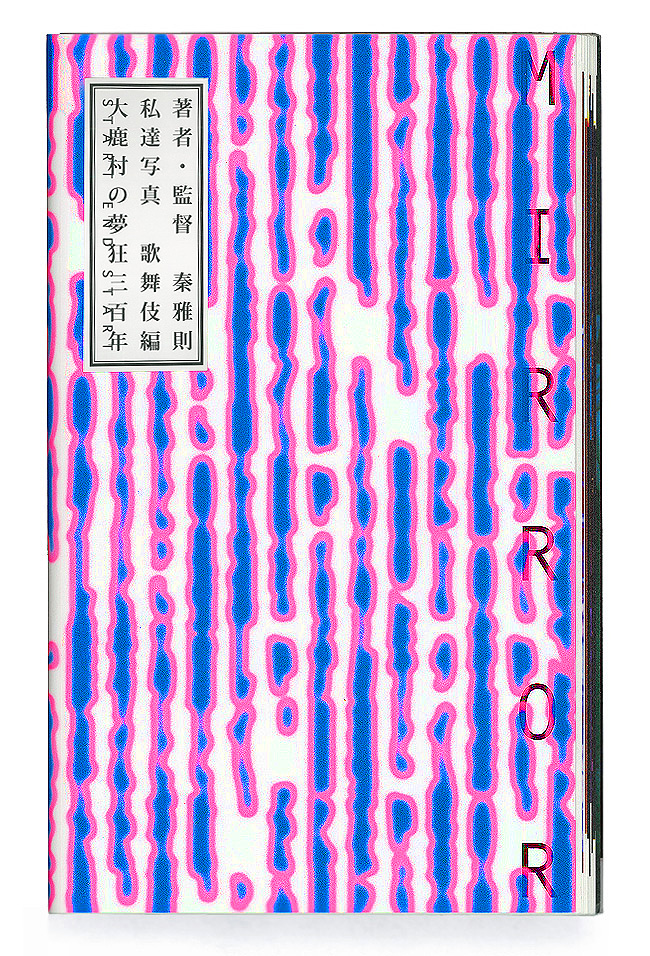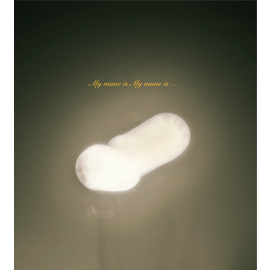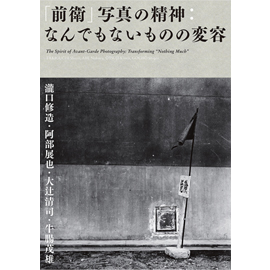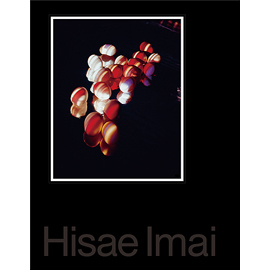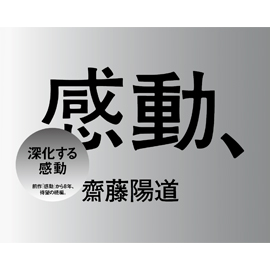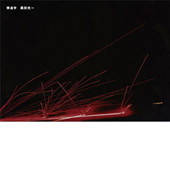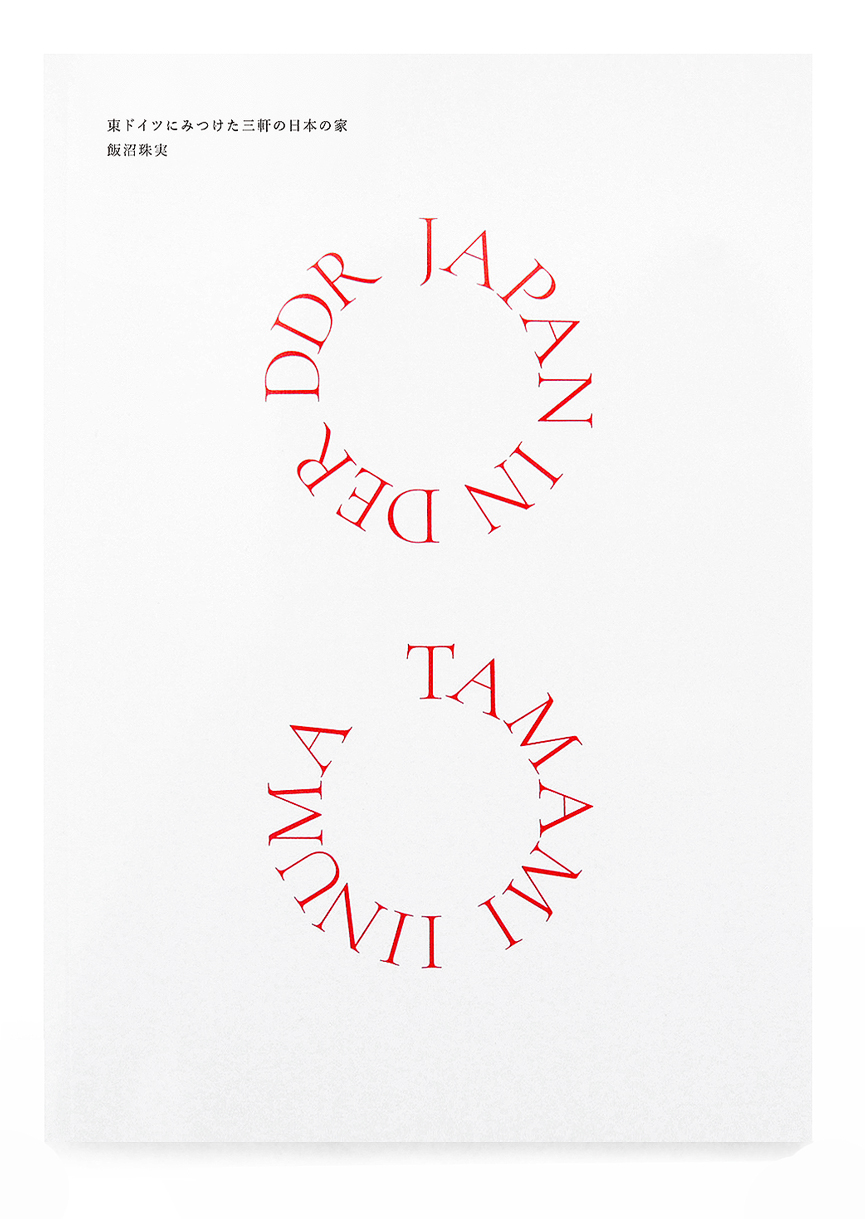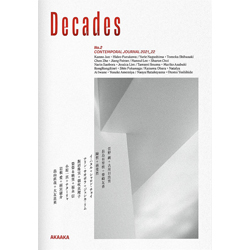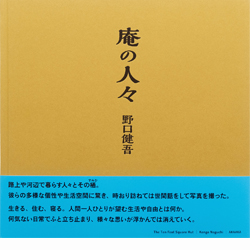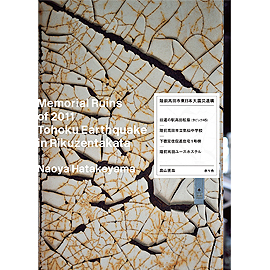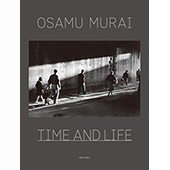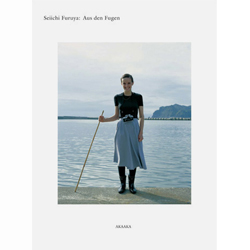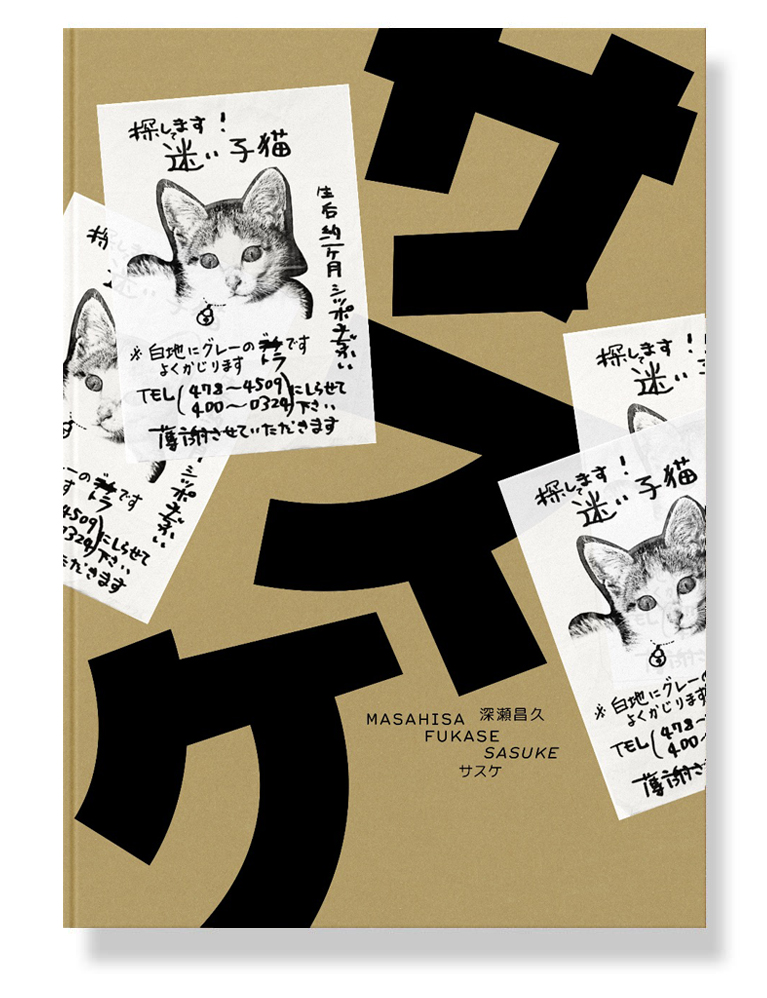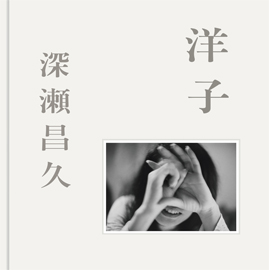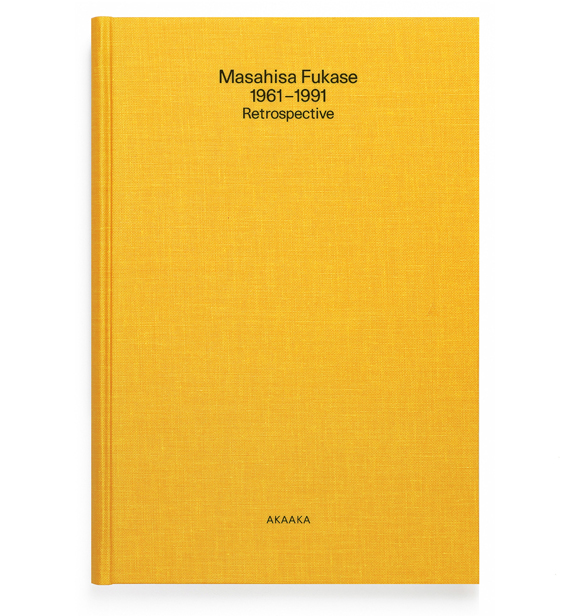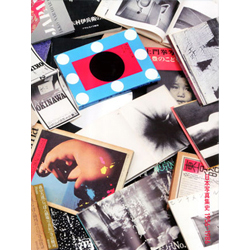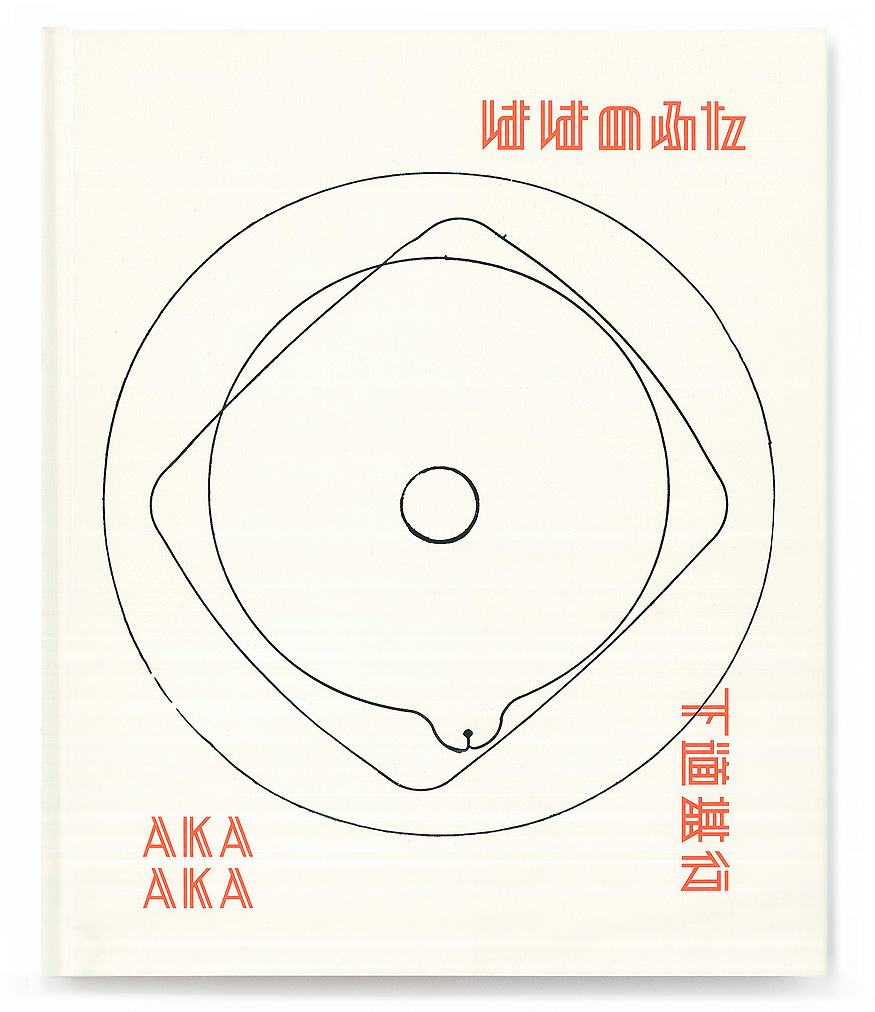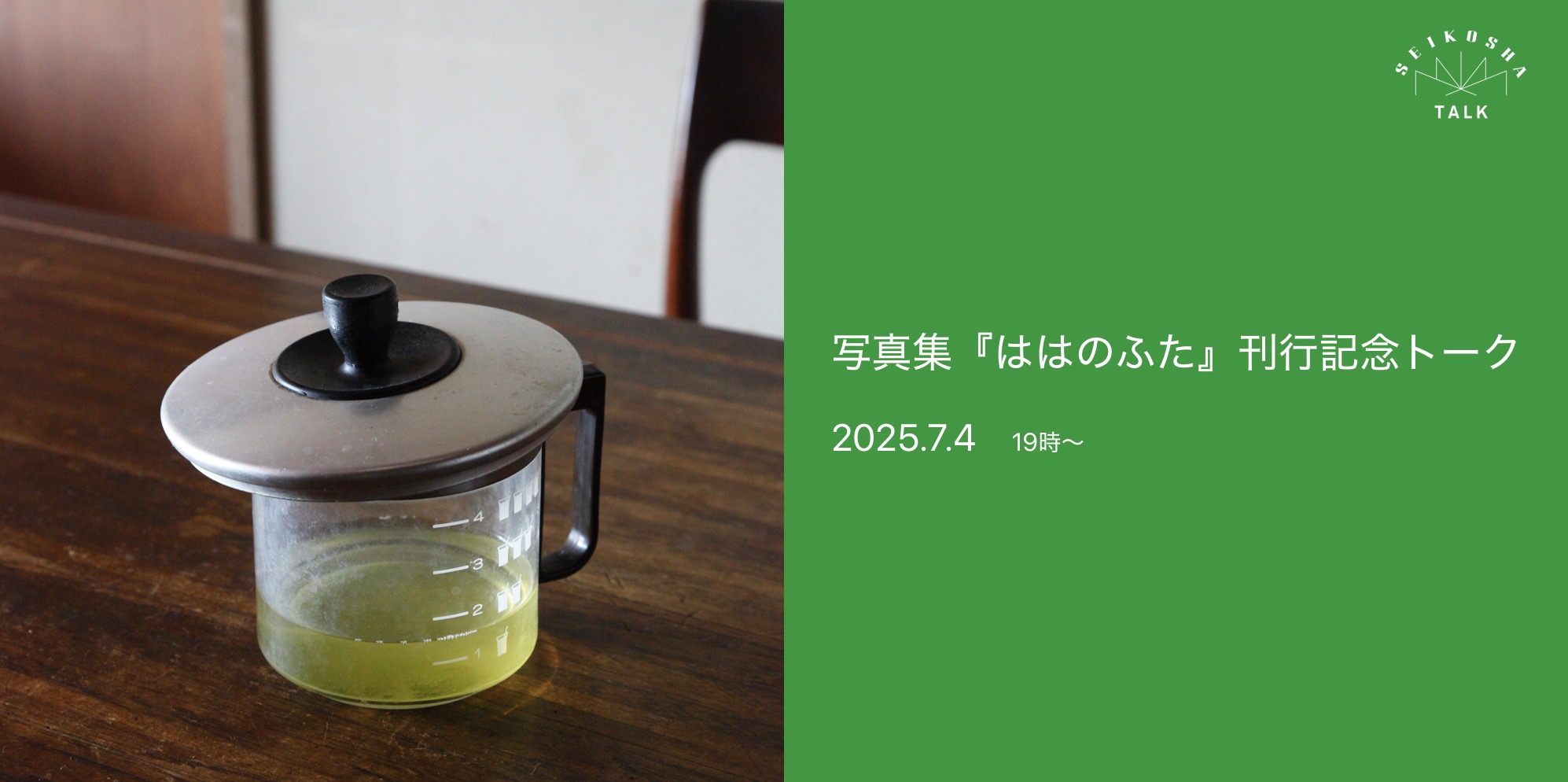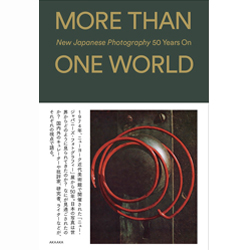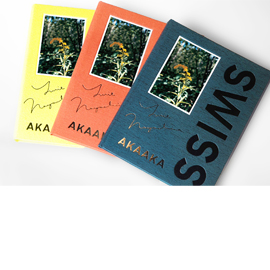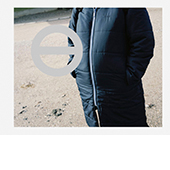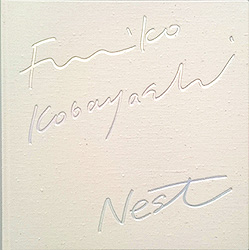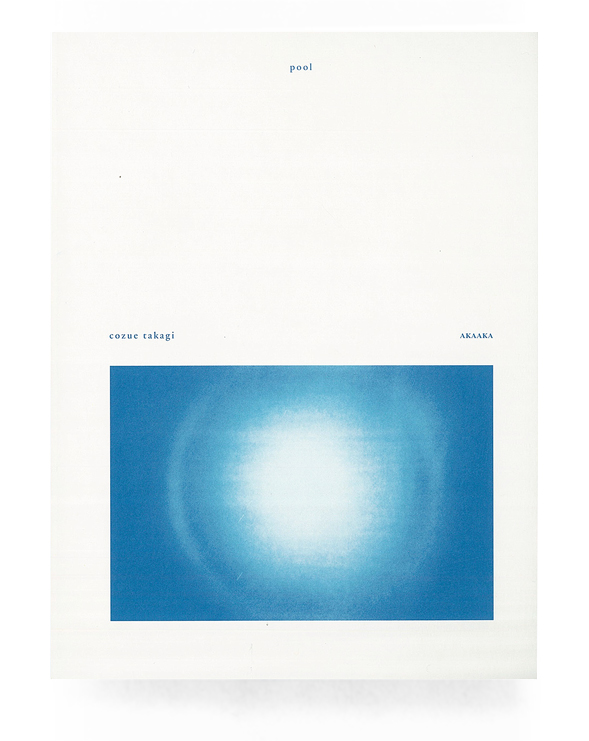
高木こずえ『pool』
発行:赤々舎 Size:H208mm x W154mm Page:112 pages Binding:Swiss binding with double-leaf pages Published in June 2025 ISBN:978-4-86541-205-5 |
¥ 4,500+tax
国内送料無料! お支払い方法は、PayPal、PayPay、Paidy 銀行振込、郵便振替、クレジットカード支払いよりお選び頂けます。 |
|---|
About Book
青に浮かぶ無時間の風景
月日を超えた、もうひとつの写真のあり方
pool
Cozue Takagi
I assumed that the moon in the photograph was the sun. When I found out that it wasn't the sun but the moon, a vague picture of sunlight and moonlight together rose in my mind.
Cyanotype, invented in England in the 19th century, is a classic technique for creating images known for the beautiful blue tones produced. I decided to apply this technique that emerged in the dawn of photography, using the light of the sun to print photographs taken in the light of the moon.
As the full moon approached and nights grew brighter, I would go out to photograph, choosing places that artificial light didn't reach to set up my tripod. On it, I mounted a 6×9 medium format camera loaded with negative film, opened the shutter, and exposed the film to the moonlight for anywhere from a few dozen seconds to a few dozen minutes. Then I developed the film, scanned it, transferred the scanned images to a computer, and printed out inverted images on digital negative film. I placed the film over washi paper coated with cyanotype solution that had been left to dry, then sandwiched the film and washi paper between two glass plates and exposed it to sunlight during the day. The surface of photographic paper exposed to sunlight changes from yellow to green, then blue, gold, and finally a pale pink. When this reaction was complete, I placed the paper in water to develop the image and soaked and rinsed it out several times for half a day to remove any remaining chemicals.
What appears in the finished photographs are blue landscapes and scenes that have been bathed in moonlight and sunlight. Moonlight and sunlight share the same space. The moon and the sun-the two together-create a cycle that is synonymous with time itself. The moon rises and sets, the sun rises and sets. If this repetition constitutes time, then in photographs where the moon and the sun neither appear nor disappear, time does not exist. They are time itself, and yet timeless. They are photographs infused with time but without time.
Related Exhibitons
|
高木 こずえ 個展「pool」 会期:2025年5月16日(金)~6月14日(土) 時間:11:00〜19:00 会場:TARO NASU(東京都港区六本木6-6-9ピラミデビル4F) 日月祝み |
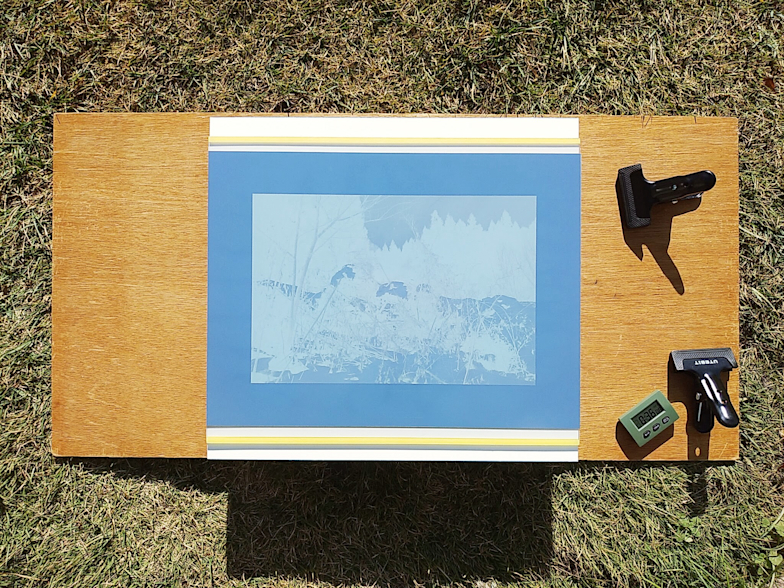
|
Artist Information
高木 こずえ
1985年 長野県生まれ。東京工芸大学芸術学部写真学科卒。2006年に「insider」でキヤノン写真新世紀グランプリ受賞、森山大道賞受賞。2009年にVOCA展 府中市美術館賞受賞。2010年に第15回信毎選賞受賞、写真集『MID』『GROUND』(共に赤々舎刊)で第35回木村伊兵衛写真賞受賞。2015-2016 公益財団法人ポーラ美術振興財団在外研修員としてアメリカに滞在。2018年より長野県にて制作、活動をしている。
主な個展に、「プラネタリウム」(JINS東京本社、東京 2024)、「プレリュード」(TARO NASU、東京 2019)、「鏡と穴-彫刻と写真の界面」(ギャラリーαM、東京 2017)「琵琶島カレイド/AKAAKAサーカス vol.5」(赤々舎、東京 2013)、「高木こずえ写真展-SUZU-」(諏訪市美術館、長野 2012)、「SUZU」(TARO NASU、東京 2012)、「MID / GROUND」(東京工芸大学・写大ギャラリー 東京 2010)、「第35回木村伊兵衛写真賞受賞作品展 高木こずえ「GROUND」「MID」」 コニカミノルタプラザ ギャラリー、東京 2010)他、多数。
主なグループ展に、「もんぜん千年祭2025」(善光寺、長野 2025 )、「信州の美術いま・むかし 菱田春草から高木こずえまで」(長野県信濃美術館・他、長野 2017)、「諏訪 この土地と人へのまなざし」(諏訪市美術館、長野 2014)、「In between」(taimatz、東京 2014)「木村伊兵衛写真賞35周年記念展」(川崎市市民ミュージアム、神奈川 2010)、「Fragmented Emotions」(Blindspot Gallery、香港 2010)「VOCA展2009 現代美術の展望―新しい平面の作家たち」(上野の森美術館、東京 2009)、「DAEGU PHOTO BIENNALE 2008」(大邱、韓国 2008)、「写真新世紀 2006」(東京都写真美術館、他 2006)他、多数
諏訪市美術館(長野)、府中市美術館(東京)、川崎市市民ミュージアム(神奈川)、東京工芸大学(東京)、長野県信濃美術館(長野)、amana photo collection(東京)などに作品が収蔵されている。
Cozue Takagi
Born in 1985 in Nagano, Japan. She graduated from Tokyo Polytechnic University with a B.A. in Photography in 2007.
In 2006, she won the Grand Prize at the New Cosmos of Photography (Canon), marking her debut with the series insider. Her subsequent recognitions include the Fuchu Art Museum Prize at VOCA 2009, the 15th Shinmai Select Award, and the 35th Kimura Ihei Memorial Photography Award in 2010 for her photobooks MID and GROUND (both published by AKAAKA).
From 2015 to 2016, she participated in an overseas research program in the United States as a grantee of the Pola Art Foundation. Since 2018, she has been based in Nagano, Japan, where she continues her artistic practice.
Her major solo exhibitions include Planetarium (JINS, Tokyo, 2024), Prelude (TARO NASU, Tokyo, 2019), Mirror Behind Hole - Photography into Sculpture (gallery αM, Tokyo, 2017), Biwajima Kaleido / AKAAKA Circus vol.5(AKAAKA, Tokyo, 2013), SUZU (Suwa City Museum of Art, Nagano, 2012), MID / GROUND (SHADAI GALLERY, Tokyo Polytechnic University, Tokyo, 2010), and The 35th Kimura Ihei Memorial Photography Award Exhibition - GROUND / MID (KONICA MINOLTA Plaza Gallery C, Tokyo, 2010), among others.
Her selected group exhibitions include Monzen Millennium Art Festival 2025 (Zenkoji Temple area, Nagano, 2025), From Shunso Hishida to Cozue Takagi: Contemporary and Historical Art in Shinshu (Nagano Prefectural Shinano Art Museum and other venues, Nagano, 2017), Suwa: Perspectives on Place and People (Suwa City Museum of Art, Nagano, 2014), In between (taimatz, Tokyo, 2014), 35 Years of the Kimura Ihei Award (Kawasaki City Museum, Kanagawa, 2010), Fragmented Emotions (Blindspot Gallery, Hong Kong, 2010), VOCA 2009 - The Vision of Contemporary Art (The Ueno Royal Museum, Tokyo, 2009), DAEGU PHOTO BIENNALE 2008 (Daegu, Korea), and New Cosmos of Photography 2006 (Tokyo Metropolitan Museum of Photography, 2006), among many others.
Her works are included in the public collections of Suwa City Museum of Art (Nagano), Fuchu Art Museum (Tokyo), Kawasaki City Museum (Kanagawa), Tokyo Polytechnic University (Tokyo), Nagano Prefectural Shinano Art Museum (Nagano), and amana photo collection (Tokyo), among others.
Related Items
|
(out of stock)

|
(out of stock)

|
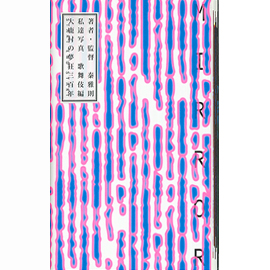
|
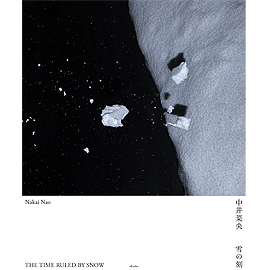
|
|---|
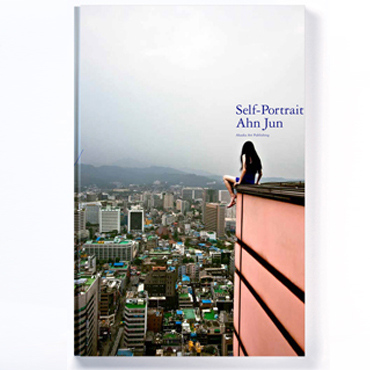
|

|
|---|

